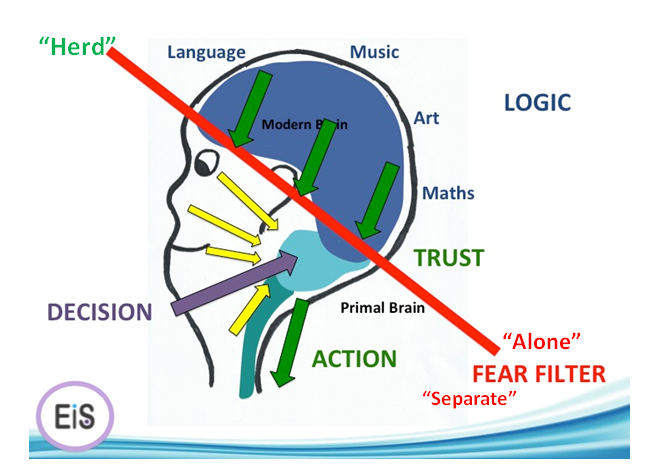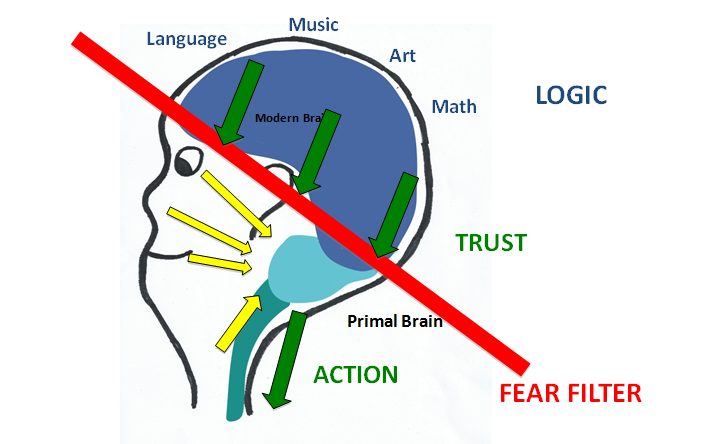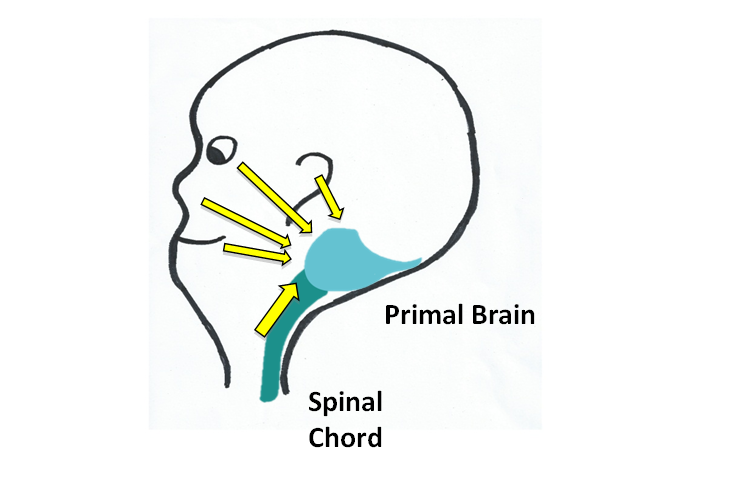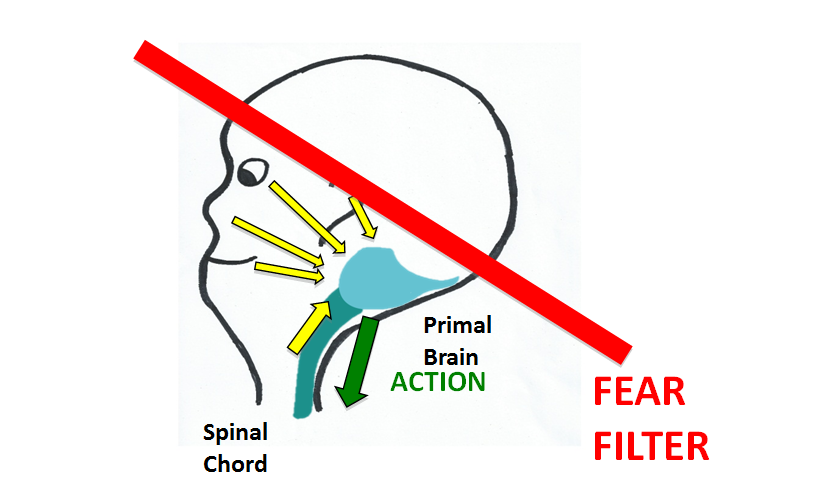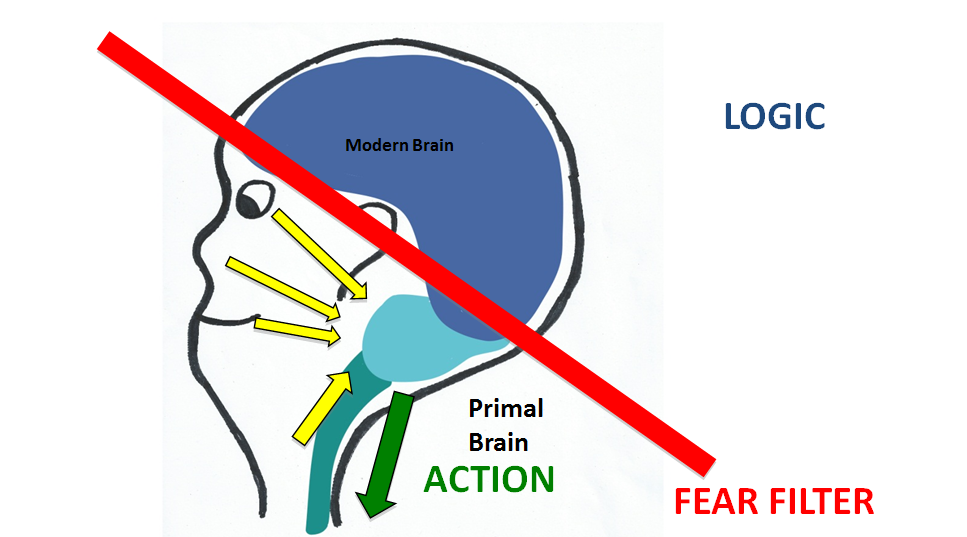In this short interview, Maya Saric – Sales Psychologist and founder of Sales Inventory Profile – will be talking to Eliza Doueihi, a member of the Sales Tribe team. Eliza starting with Sales Tribe as a Business Development Manager, moving on from her career as a Business Analyst. This interview looks at why selling – especially cold-calling – is so difficult, and the components of success in real estate.
Maya: Hello, welcome back. Today, we are talking to a sales person who has journeyed from watching from the sidelines to being her own personal superstar. Today, welcome, Eliza Doueihi, a member of the sales inventory profile team. Eliza you were in IT, tell us a bit about your pre-sales career.
Eliza: In my pre-sales career I was a business analyst role.
Maya: Yep. Sounds boring.
Eliza: Business specialist, basically. I’ve been in the company for quite a while and my ultimate passion was to get into sales. I love to talk to people and I really wanted to move to sales but my boss just love so much and he valued what I contributed to the business that he wouldn’t let me go. Really, it came down to that. it wasn’t though I wasn’t able to do it, it wasn’t that I couldn’t sell – because I’m sure if I got the right training, I could. It’s just that, he wouldn’t let me go. That was really frustrating. It’s where I wanted to be. then I got the opportunity to move into real estate and that’s when I started really building relationships and talking to people and helping them out, getting them to where they want to be.
Maya: Alright. So before you go into real estate, what was your perception, what did you reckon?
Eliza: Well, I thought it was crazy, and I thought this will be so good. I’ll be driving a Merc in 6 months time…and I have my home line paid off. My kids are going to be doing all of these extra things that they never dreamed of. I didn’t get that far but I’m getting there, the thing was, the challenge was the fact that I didn’t realize how much work was involved in building my profile within the community and building my sales, and building my pipeline – which is really critical to a successful sales person. It’s to keeping that pipeline of funnel filled.
Maya: Right. So real estate has to be the most popular sales job on the planet because it does look easy, doesn’t it?
Eliza: Absolutely. [Chuckles]
Maya: Those beautiful people wearing lovely business suits, standing at the front door greeting – that part is easy.
Eliza: Not in the cold winter morning, Maya! Have you ever done that? There’s frost on the grass, 8 o’clock in the morning. It’s not pleasant. Putting sign boards, it’s not pleasant. And I tell you that. [Chuckles]
Maya: Eliza is an Australian who had a small voyage into New Zealand land, but there are natural hazards as well. But, back to things, that part where you see them in the house and you first meet them is easy.
Eliza: Yes.
Maya: But what is the hard bit? Knowing, as the failure rate is astronomical.
Eliza: Okay, the harder bit is when you’re got that list of contacts that you’ve taken from an open house and qualifying them and saying whether they’re going to be buyers or they’re actually sellers having a bit of sticky beak. So it’s taking that list and work again basically. The other harder bit is the actual building up of your client base, so actually cold calling. Building relationships.
Maya: That has to be a dirty word, cold calling. Back to the ice and snow of New Zealand. Why is cold calling so difficult?
Eliza: You can imagine you’re picking up the phone and you’re talking to someone you don’t know what they look like, you don’t know what their situation is and you want them to trust that you know what you’re talking about, and that you’re there to will help them out.
Maya: They’ve never met you before and you’re probably ringing in the middle of dinner.
Eliza: Yes. That too. That too.
Maya: How many people survive that in the real estate world?
Eliza: Not that many. I’d say 5% to 10% of people can really prospect and cold call.
Maya: 5% of the population can cold call which is to pick up the list from the phone book or get on the street and knock. A small percentage can warm call, which is the ringing the people that came to see the house on the weekend. What’s the next component of success in real estate?
Eliza: The fact that you close the same I guess would be the next one. You’ve got a buyer there and they’re still trying to decide what they’re going to do and it’s just working out how you’re going to get them to that next level. That’s another challenge on its own. Working at negotiating price that’s going to suit both parties. It’s just basically…a sales person rings 2 people like in real estate, you’re bringing 2 people together. So you’re bringing a buyer and a vendor and working out, finding a common ground. That’s really what an agent does from a selling perspective.
Enjoyed this video? Watch Part 2 here. Remember to ‘like’ us on Facebook and subscribe to our YouTube Channel for more videos!
“Consider the postage stamp: its usefulness consists in the ability to stick to one thing until it gets there.”

 When we think of poor recruitment outcomes it is easy to imagine the financial loss of salaries, resources and training that having the wrong person in the team will cost the business.
When we think of poor recruitment outcomes it is easy to imagine the financial loss of salaries, resources and training that having the wrong person in the team will cost the business.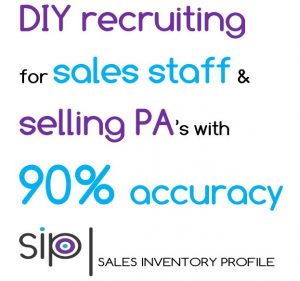 To find out how using SIP as your in-house recruitment specialist can give you 90% accuracy:
To find out how using SIP as your in-house recruitment specialist can give you 90% accuracy:

